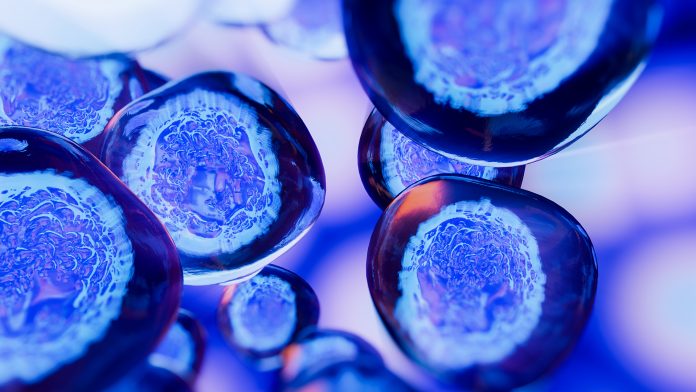Using human-induced pluripotent stem cells placed on nanoscale 3D-laser-printed structures, researchers have succeeded in replicating the brain’s neural networks.
3D printing, also known as additive manufacturing, is becoming more ubiquitous in some of the latest innovations. By constructing consecutive layers of raw material such as plastics, metals, and ceramics, it has the crucial benefit of producing intricate shapes or geometries that would be almost unfeasible to construct through more conventional techniques like grinding, carving or moulding.
This technology holds the potential to transform the health care sector. Doctors can utilise it to develop products to match up with a patient’s unique anatomy, while a radiologist can develop a precise replica of a patient’s spine to help plan surgery; the possibilities for this technology are far-reaching and these techniques have vast potential in neuroscience.
Stem cells are pluripotent elements from which all other cells with specific functions are produced; in essence they are the body’s raw materials. The advancement of techniques to isolate and produce human stem cells offers great potential to further understanding human cell function and using them for regeneration in disease and trauma.
However, the conventional two-dimensional growth of derived neurones – using flat petri dishes – poses itself as a major confounding factor as it does not sufficiently mimic in vivo three-dimensional interactions, nor the myriad of developmental cues present in real living organisms.
In order to overcome this shortcoming, the FET funded MESO-BRAIN project, led by Aston University, proposed an elaborate interdisciplinary initiative to assemble 3D networks that displayed in vivo activity patterns of neural cultures and also enabled for accurate interaction with these cultures. This facilitates the movement of individual elements to be observed and regulated through electrical stimulation.
The capability to build human-induced pluripotent stem cell-derived neural networks upon a well-defined and duplicatable 3D scaffold that is capable of imitating brain activity, enabling a thorough investigation of neural network development.
The MESO-BRAIN project will allow for greater insight into human disease progression, neural growth and also facilitating the advancement of large-scale human cell-based assays to test the modulatory effects of pharmacological and toxicological compounds on neural network activity.
The researchers are hopeful that in the future, this could lead to a greater understanding of how to treat neurological conditions like Parkinson’s disease, dementia, and trauma.









